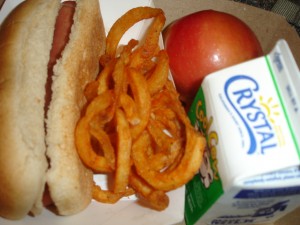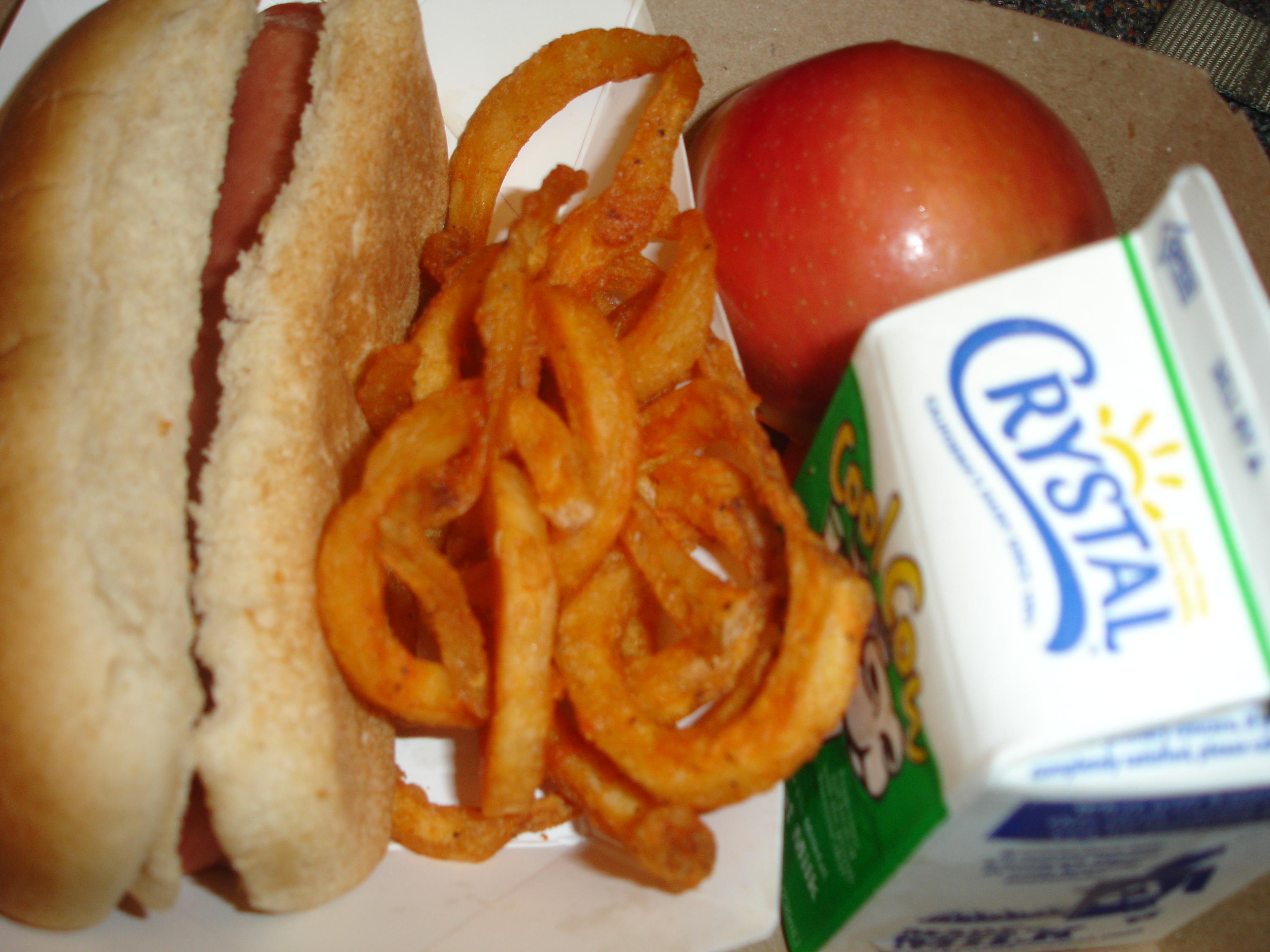HEALTH: Healthier lunches, happier students

By Shruti Pandey,
HUB Correspondent–Almost two years ago, a bill called the Healthy, Hunger-Free Kids Act of 2010 passed into law. This law requires that schools provide healthier meals to students and limits the availability of unhealthy snack options.
Sophomore Poonum Gorlick has been buying lunches from school her whole life, and she has seen the effects of the act, observing a wider variety of healthy foods offered in schools today.
“When I was in kindergarten, they had chips for lunch. They had french fries that were really greasy, and disgusting milk that was kind of expired,” Gorlick said.
Gorlick is one of the many students who have noticed school lunches become more nutritious and better-tasting over time.
She perceives these healthier meals as a positive change in schools. “[They] aren’t disgusting-tasting,” Gorlick said.
Sophomore David Hagelthorn has a unique perspective on the issue, having attended a private school in the past. Hagelthorn preferred the food from his previous school because it was freshly prepared on a daily basis with fresher ingredients than at Davis High.
Davis High sophomore Veena Kumar brings her lunch from home every day.
“The school lunches that I have eaten didn’t taste good at all,” Kumar said. Kumar feels that while lunches can taste good, they aren’t necessarily healthy because the foods don’t always come with nutrition labels.
Whether or not it is of the highest quality, Davis High does have a broad selection of foods available.
Amid a table filled with the daily entrees and a salad bar which offers an assortment of vegetables, the cafeteria has two containers which hold fruit and milk. Various stations around the room hold other possibilities, such as juice cartons and sandwiches.
After paying, students may receive a cookie, but only if it’s a special occasion. For example, in celebration of Halloween, students received orange, pumpkin shaped cookies.
Sophomore Therese Mecano buys a lunch from school daily. Mecano enjoys most of the school food except for the pizza.
“I tried their pizza once but it was really gross,” Mecano said. She typically chooses chocolate milk, an apple, a pack of Goldfish if available and one of the various main courses.
Before you can pay for a lunch, the cafeteria workers check to make sure you have a balanced meal. This meal must consist of something substantial enough to be an entrée, a fruit and a beverage. Mecano’s meal is an example of one which meets these criteria.
Formerly, there weren’t as many requirements as to what students had to buy to constitute a full meal or how high quality the food had to be.
In the past Gorlick has seen somebody buy a lunch of just juice, a bag of Doritos and “some gross sandwich.”
Today, students aren’t allowed to purchase such insufficient meals, mainly due to the 2010 act.


